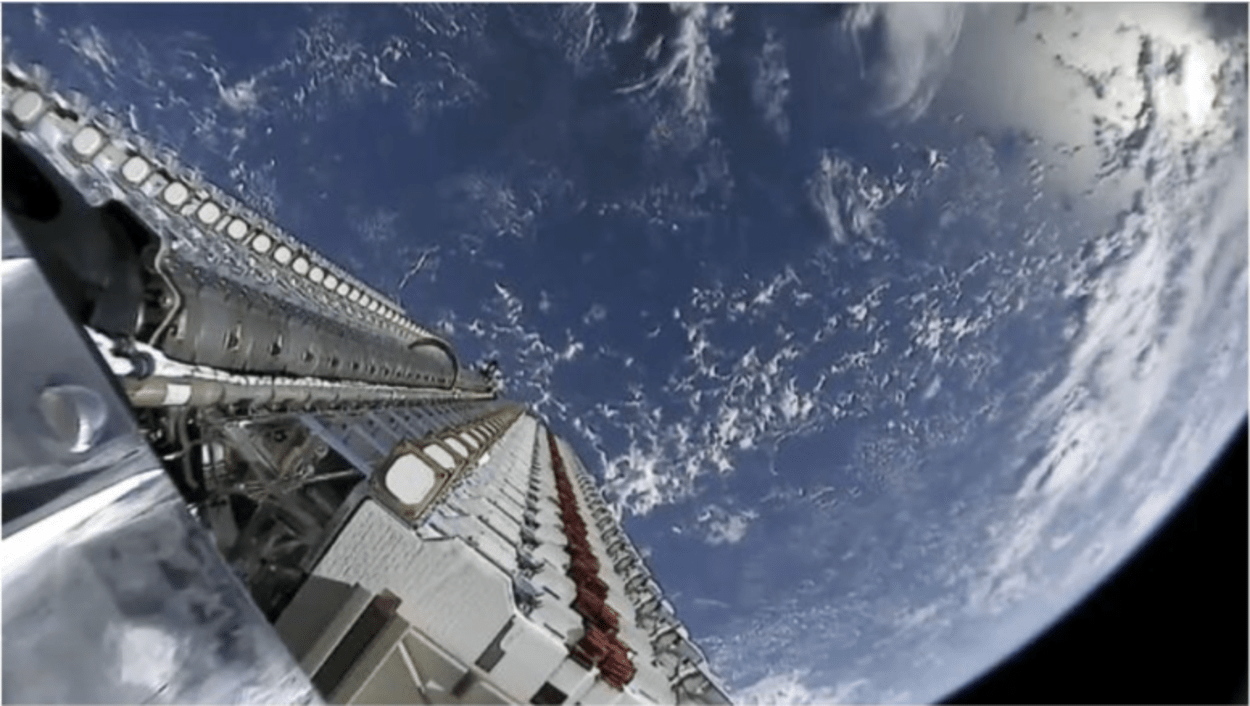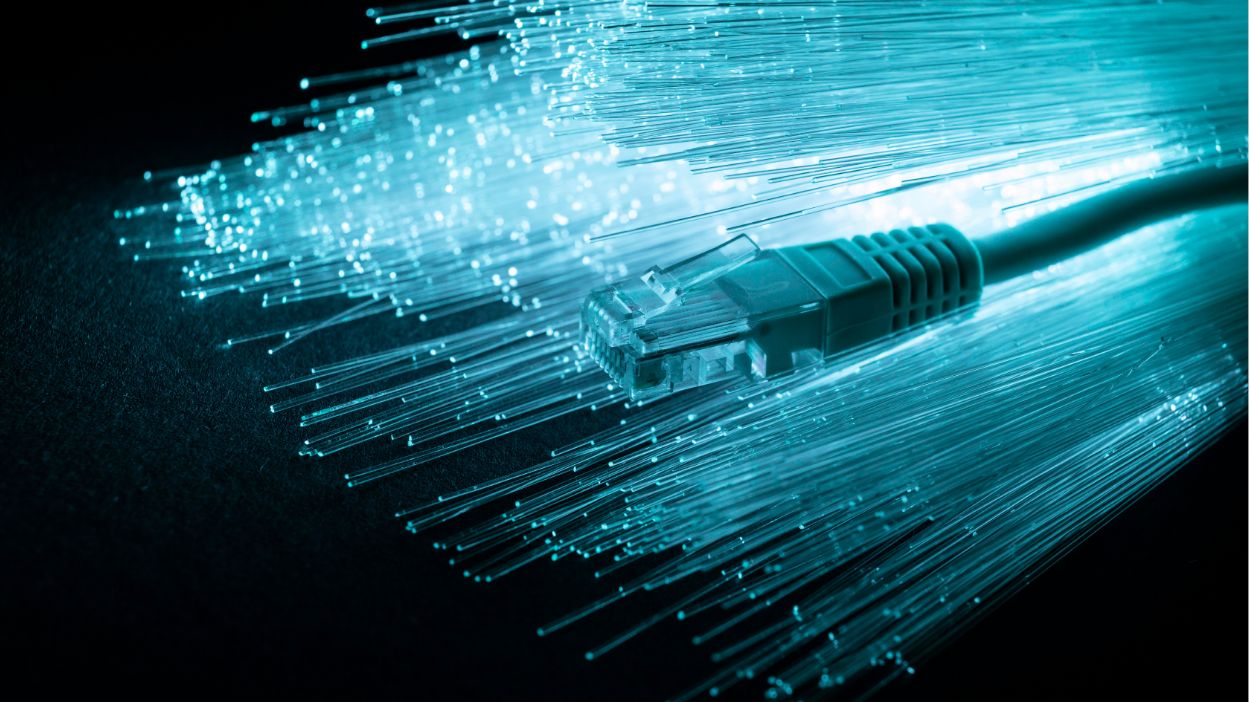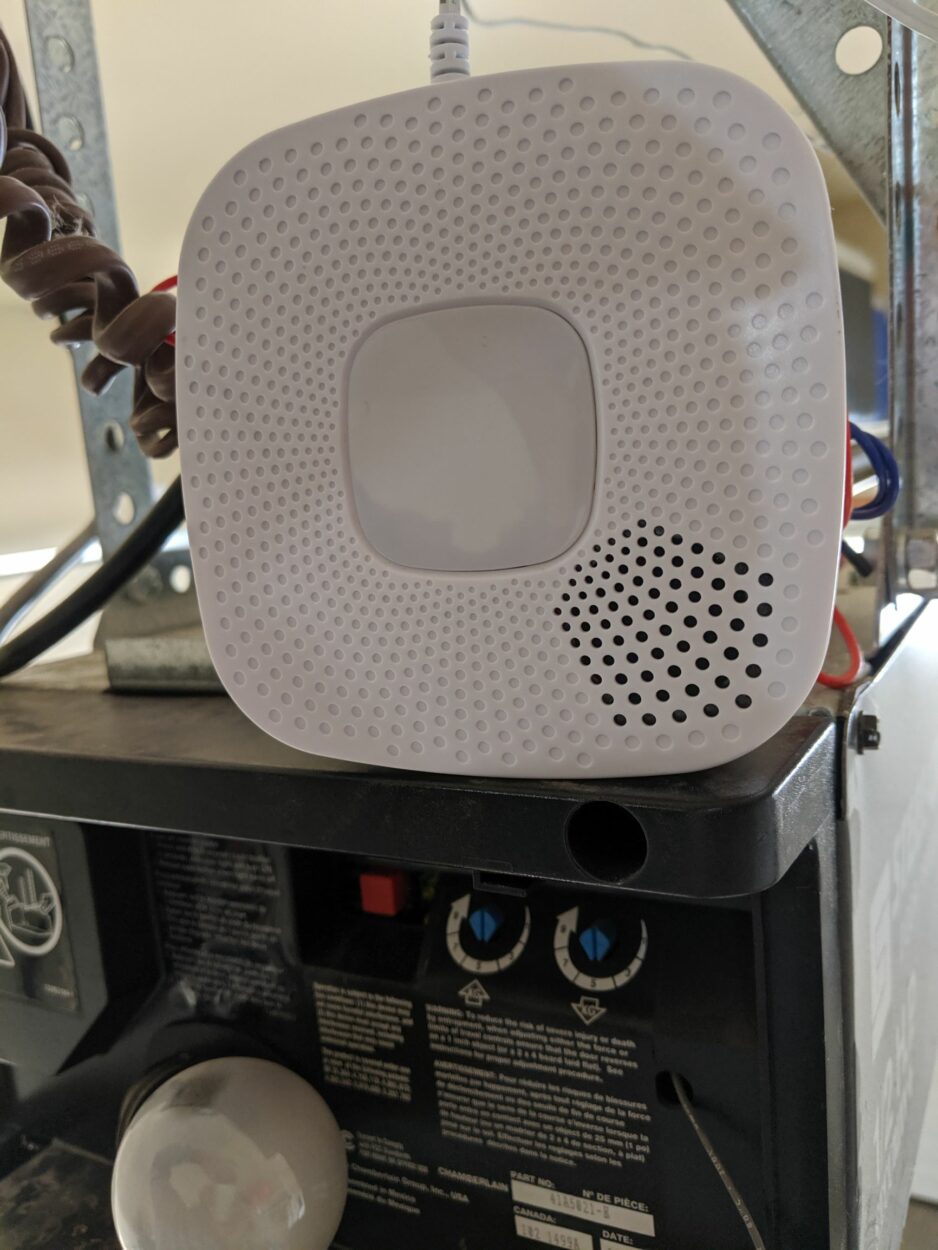

In the vast expanse of the cosmos, where technological frontiers meet the uncharted, SpaceX’s Starlink emerges as a beacon of innovation, promising to reshape the landscape of global internet connectivity.
Conceived by the visionary Elon Musk, Starlink represents a groundbreaking initiative to bridge digital divides and propel humanity into a new era of seamless communication.
At its core, Starlink is an ambitious project involving the deployment of a constellation of Low Earth Orbit (LEO) satellites, aiming to provide high-speed, low-latency internet access to users across the globe.
As we delve into the realms of Starlink’s revolutionary journey, we unravel the intricacies of its low-latency prowess, explore its impact on online gaming, and gaze into the boundless possibilities that lie within Elon Musk’s grand vision for a globally connected future.
| Topic | Key Points |
|---|---|
| What is latency? | Latency, in the context of Starlink, is the time it takes for data to travel from its source to its destination, typically measured in milliseconds. |
| Starlink’s latency and speed | From national forests to signal-challenged zones, users report download speeds of up to 120Mbps and latency as low as 37ms. |
| Starlink and gaming | Starlink is a very promising choice for gamers. |
| Starlink’s satellite technology | Starlink’s satellite technology features built-in lasers. The use of lasers is very advantageous as lasers are capable of transmitting data more precisely between satellites at the speed of light. |
| Starlink’s Future Goals | SpaceX’s goal for 2023 is to double Starlink’s download speeds to 300Mbps and to increase connectivity in remote and rural areas. |
Defining Latency In The Starlink Universe
Latency, in the context of Starlink, is the time it takes for data to travel from its source to its destination, typically measured in milliseconds.
Starlink’s approach to latency measurement involves minimizing this time delay, ensuring a responsive and seamless user experience.
Starlink’s Promise: Achieving Gigabit Speeds and Beyond!
SpaceX’s ambitious goal of delivering gigabit download speeds through Starlink satellite internet is turning into a reality.
Real-world speed test results from Starlink’s public beta showcase impressive download speeds ranging from 60Mbps to a staggering 120Mbps.
While download speeds steal the spotlight, Starlink ensures a well-rounded internet experience by addressing upload speeds.
Beta testers report upload speeds that complement the impressive download speeds, providing users with a comprehensive connectivity solution.
Starlink Latency Showdown
Starlink’s constellation of Low Earth Orbit (LEO) satellites, positioned between 550 and 1,200 kilometers above Earth, sets the stage for a latency revolution.
Unlike traditional geostationary satellites, LEO satellites reduce data travel time, paving the way for unprecedented internet experiences.
Comparing Starlink’s latency with traditional broadband services reveals a game-changing paradigm.
Real-world reports suggest that Starlink’s latency is comparable but often surpasses ground-based competitors, challenging the status quo of satellite internet.
Venturing into remote areas, beta testers share their experiences, highlighting Starlink’s performance in challenging environments.
From national forests to signal-challenged zones, users report download speeds of up to 120Mbps and latency as low as 37ms.
While Starlink boasts impressive latency figures, challenges such as signal obstruction, network congestion, and satellite handovers can impact consistency. SpaceX acknowledges these challenges and works continuously to enhance user experience.
Elon Musk’s vision for Starlink includes pushing latency below 20ms, a milestone for internet connectivity.
Technological advancements and strategies are in play to achieve this goal, promising an even more responsive internet experience.
The Federal Communications Commission (FCC) scrutinizes Starlink’s latency promises.
Expectations and challenges related to latency requirements are examined as Starlink strives to meet regulatory standards and push the boundaries of internet technology.
Starlink And Online Gaming: A Seamless Connection
For gamers seeking low-latency experiences, Starlink emerges as a promising choice.
The impressive latency values contribute to reduced lag and improved gameplay, positioning Starlink as a formidable contender in the gaming arena.
Download speeds averaging 40-42Mbps are also an advantage for gamers.
Elon Musk’s plans to reduce Starlink latency to under 20 milliseconds for a more improvised gaming experience to come into focus. Technological advancements and strategies are in the pipeline to position Starlink as a gaming-friendly internet service.


Starlink’s Satellite Technology: The Role Of Lasers
Unlocking the secrets behind Starlink’s satellite technology, featuring built-in lasers for data transmission, sheds light on how lasers contribute to reducing long-distance latency by up to 50%. Innovation in data transmission takes center stage.
The use of lasers is very advantageous as lasers are capable of transmitting data more precisely between satellites at the speed of light.
Elon Musk hints at improving latency by establishing more ground stations worldwide. These ground stations play a crucial role in enhancing Starlink’s connectivity, contributing to achieving lower latency and a more responsive internet.
From video conferencing to remote work, Starlink’s impact on diverse applications contributes to a more connected world.
The Need For Speed: Starlink’s Future Goals
SpaceX’s goal for 2023 is to double Starlink’s download speeds to 300Mbps.
The company’s strategies for achieving this milestone and the potential impact on user experiences are explored, offering a glimpse into Starlink’s need for speed.
Elon Musk emphasizes Starlink’s role in bridging the connectivity gap in rural and remote areas.
A deep dive into how Starlink serves the “hardest-to-reach” customers showcases its impact on traditional telcos and the transformative potential in remote connectivity.
Musk’s vision is deeply rooted in the principle of inclusivity.
Starlink aims to bridge the digital divide, ensuring that no individual or community is left behind in the digital revolution.
Musk envisions that the revenue generated from Starlink will contribute significantly to funding SpaceX’s ambitious projects, including missions to Mars.
Starlink, in Musk’s eyes, is not just a business venture but a means to fund humanity’s expansion into space.


Frequently Asked Questions
What is latency in the context of Starlink?
Latency refers to the time it takes for data to travel from its source to its destination, measured in milliseconds. Starlink’s latency is impressively low, ranging from 20 to 94ms, showcasing its commitment to providing a responsive internet experience.
How does Starlink’s latency compare to traditional broadband?
Starlink’s latency is comparable to or even lower than traditional broadband, with real-world reports indicating values as low as 20-40ms.
Will Starlink’s latency improve over time?
As more satellites join the constellation and the network matures, Starlink’s latency is expected to decrease. However, environmental and technical variables will continue to play a role.
How does Starlink’s latency impact online gaming?
Starlink’s low latency positions it as an excellent choice for online gaming, providing a seamless and responsive gaming experience. The latency values contribute to reduced lag and improved gameplay.
What challenges does Starlink face in maintaining latency consistency?
Despite impressive latency figures, challenges such as signal obstruction, network congestion, and satellite handovers can impact consistency. SpaceX acknowledges and is addressing these challenges for a smoother user experience.
Conclusion
- Starlink, operated by SpaceX, emerges as a game-changer in the internet space, ushering in a new era of low-latency connectivity.
- With a constellation of Low Earth Orbit (LEO) satellites, Starlink envisions bridging the digital divide globally, bringing high-speed internet to both urban and remote areas.
- Beta test reports showcase impressive real-world download speeds ranging from 60Mbps to 120Mbps, coupled with low-latency values.
- Starlink’s low latency positions it as an excellent choice for online gaming, promising a seamless and responsive gaming experience.
- SpaceX, led by Elon Musk, is actively working on reducing latency further, with plans to achieve sub-20ms latency for enhanced user experiences.
- While Starlink faces challenges such as signal obstruction and network congestion, the company is committed to addressing these issues to ensure consistency.
- SpaceX’s ambitious goal for 2023 is to double Starlink’s download speeds to 300Mbps, setting the stage for even faster and more reliable internet experiences.
- Starlink’s role in transforming rural areas and remote connectivity, serving the “hardest-to-reach” customers, showcases its potential to revolutionize traditional telecommunication infrastructure.
Other Articles
- Geeni Camera Setup (How to Do it?)
- Alexa says the device is unresponsive but it works
- How to Cast A Screen on Vizio TV? (Explained)
- Blink Local Storage Not Working (What To Do?)


